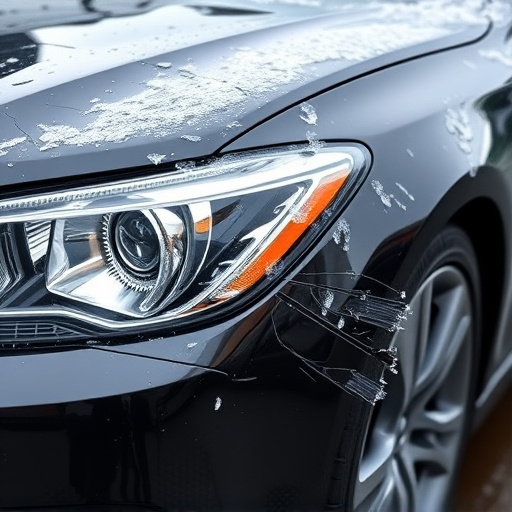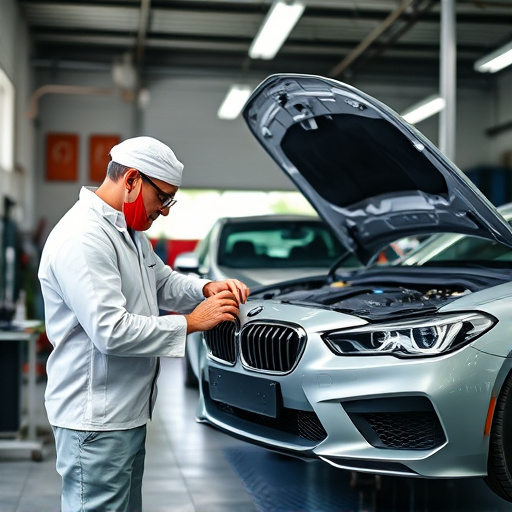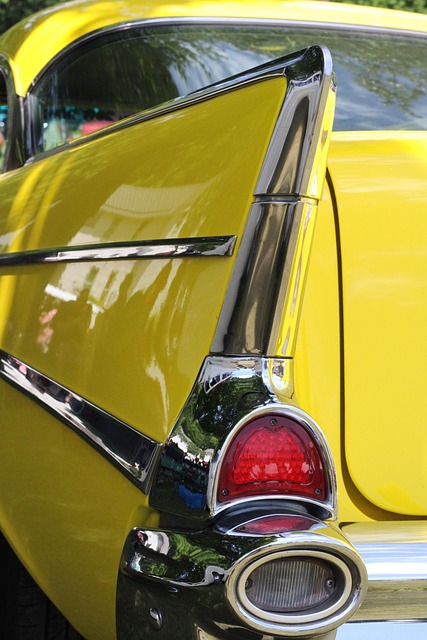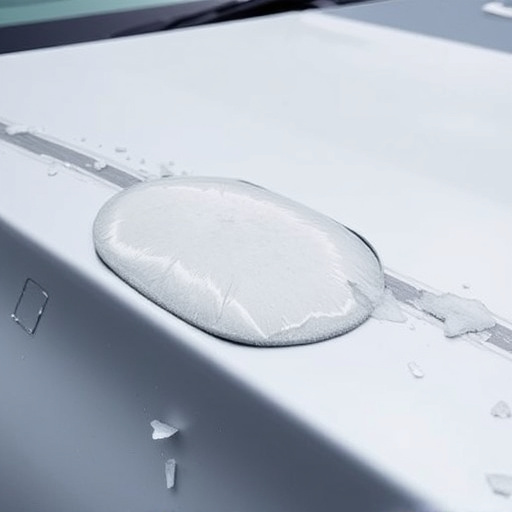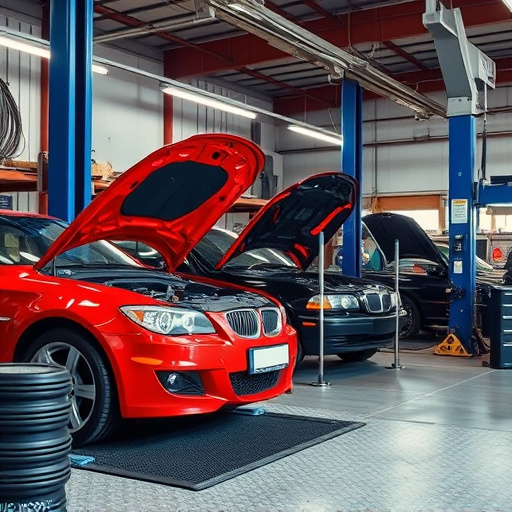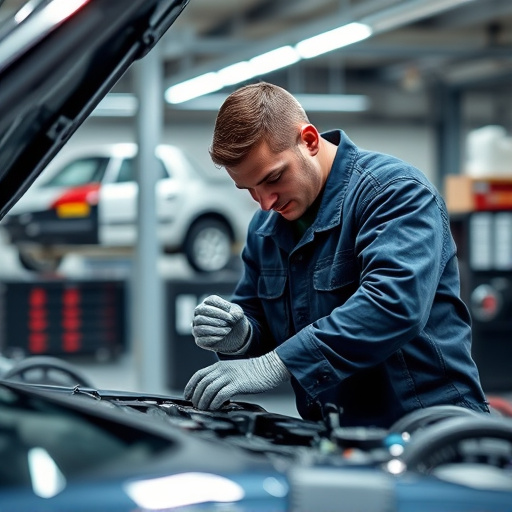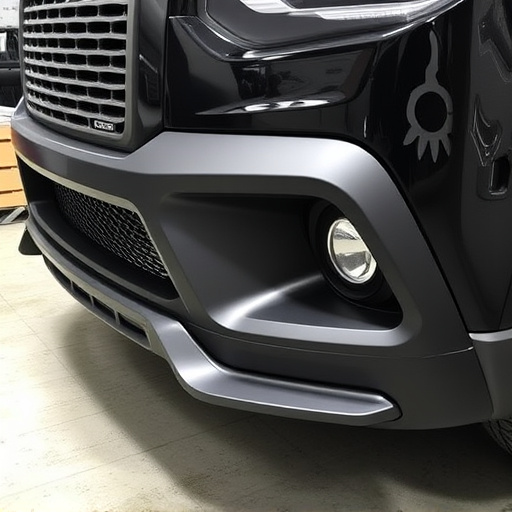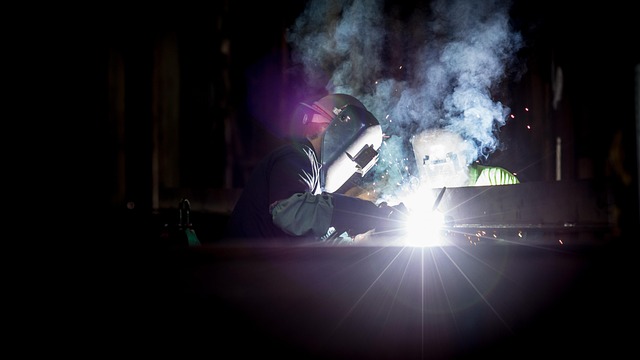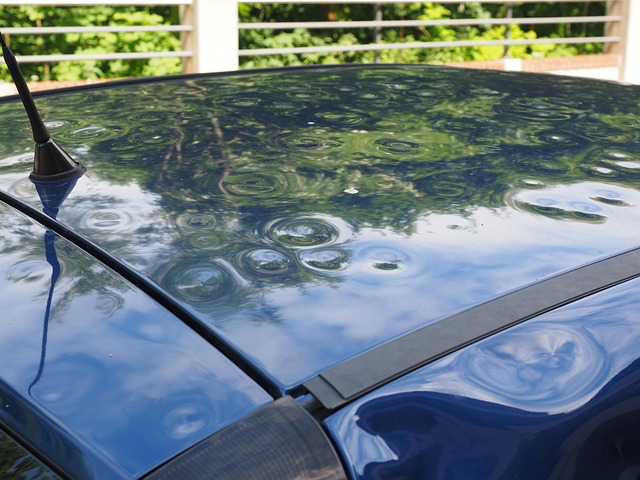Accurate electric car body repair demands specialized knowledge and techniques due to EVs' complex electrical systems and unique panel designs. The process begins with a thorough inspection for dents, scratches, structural issues, and previous repairs. Repairs range from tire services to advanced panel replacements, prioritized based on severity and part availability while adhering to safety standards. Meticulous planning ensures high-quality work, saves time and resources, and maintains the EV's safety and aesthetic appeal.
In the realm of automotive restoration, electric cars present unique challenges that demand specialized skills. This comprehensive guide offers 10 essential tips for mastering electric car body repair. From assessing damage and planning repairs to selecting the right tools, materials, and executing each step with precision, we demystify the process. Whether you’re a professional technician or an enthusiastic DIYer, these insights will equip you to tackle electric car body repair with confidence and ensure optimal results.
- Assessing Damage and Planning Repair
- – Identifying unique challenges of electric car body repair
- – Comprehensive inspection: what to look for
Assessing Damage and Planning Repair
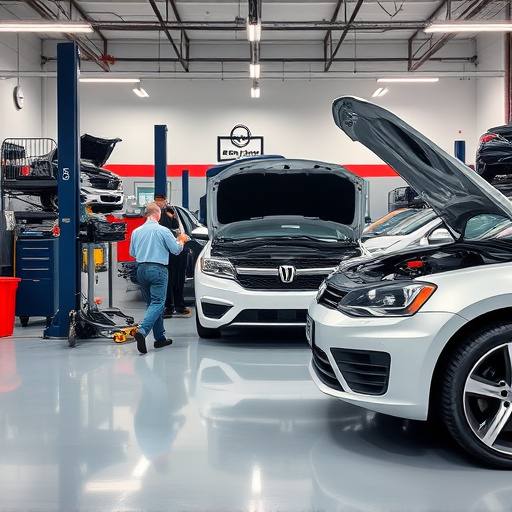
When it comes to electric car body repair, assessing damage accurately is paramount. Start by thoroughly inspecting the vehicle for dents, scratches, or any signs of structural integrity issues. Remember that electric cars often have unique panel designs and materials compared to conventional vehicles, so familiarize yourself with their specific characteristics. Take note of the extent of the damage—is it limited to a small dent or does it involve complex panel replacement? This initial evaluation will guide your repair strategy.
Planning is crucial for successful car bodywork services. Decide on the necessary repairs, which could range from simple tire services and minor scratch repairs to more intricate body panels replacements. Prioritize tasks based on severity and availability of parts. With electric cars, ensuring that all repairs align with the vehicle’s safety standards and structural integrity is non-negotiable. A well-planned repair process not only guarantees top-quality work but also saves time and resources.
– Identifying unique challenges of electric car body repair

In the realm of electric car body repair, several unique challenges set this field apart from traditional auto maintenance. One of the primary concerns is the intricate and sensitive electrical systems within these vehicles. Unlike conventional cars, electric vehicles (EVs) house high-voltage batteries and advanced electronics that demand specialized handling and knowledge to ensure safe disassembly and reassembly without causing damage or short circuits.
Moreover, the repair process often involves more complex panel alignment due to the compact design of EVs, which can be more challenging for collision repair services. This requires precise techniques and tools to maintain the structural integrity and aesthetic appeal of the vehicle body. Fortunately, the growing demand for electric car body repair has led to specialized training programs and advanced equipment tailored to address these unique challenges, fostering a new era of expertise in auto maintenance for these cutting-edge vehicles.
– Comprehensive inspection: what to look for
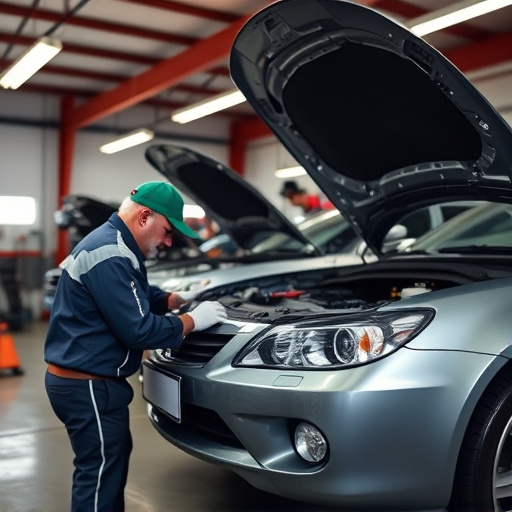
Before diving into any electric car body repair, a thorough inspection is non-negotiable. This process involves meticulous examination of every inch of the vehicle’s exterior for signs of damage, from minor scuffs and scratches to more significant dents and cracks. In the realm of electric car body repair, it’s crucial to pay special attention to areas often overlooked in conventional automotive repair, such as the unique joints and seams where various components meet. These can be particularly vulnerable to corrosion or damage due to the vehicle’s specialized construction and power sources.
During this comprehensive inspection, look for signs of wear and tear, evidence of previous repairs, and any anomalies that could indicate underlying structural issues. Also, check the paint job for inconsistencies—a telltale sign of mishandling or amateurish repair work. Remember that in a collision repair shop catering to electric cars, precision and attention to detail are paramount to ensure the vehicle’s safety, efficiency, and aesthetic appeal post-repair. Moreover, considering the specialized nature of electric car scratch repair and other repairs, only turn to trusted professionals equipped with the right tools and knowledge for the job.
Successful electric car body repair requires a thoughtful, strategic approach that accounts for the unique considerations of these vehicles. By thoroughly assessing damage, understanding the specific challenges presented by electric cars, and planning repairs accordingly, technicians can ensure top-quality outcomes. This not only maintains the performance and safety of the vehicle but also contributes to the growing sustainability and efficiency of the automotive industry. Electric car body repair, when executed properly, is a crucial step in preserving these innovative vehicles for years to come.
